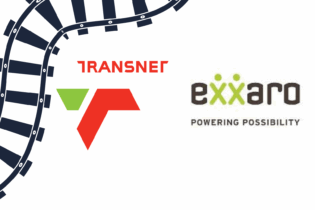Minister of Public Works and Transport Ntuthuko Dlamini says there’s a need to engage local content in material, equipment and technical expertise in the E17 billion cross-border 146km rail link connecting from Lothair, Mpumalanga to Sidvokodvo.
The project is a partnership between South Africa’s Transnet Freight Rail and Swaziland Railway. On Thursday, the two countries signed a memorandum of understanding (MoU) during a ceremony held at the Southern Sun in Pretoria, South Africa to reaffirm their commitment to the project, which was launched in January.“We need to look at local content in material, equipment and technical expertise. I would not mention general labour because I take it, it is a given, if we fail in sourcing local labour to the maximum then we would have failed the ordinary man on the street,” he said. Project
Dlamini said he had noted that the project was moving very fast, which was good and gave hope that the two governments were fully supportive of it. Also the railway companies were doing everything possible to work within the project schedule.
SA Minister of Public Enterprises Malusi Gigaba said they envisaged that the project implementation would start mid next year. He said the greater project, which consists of four distinct areas spanning three countries, would cost approximately E17 billion, excluding rolling stock, contingencies, escalations and EPCM (engineering, procurement and construction management) costs.
Study
Gigaba said the first and second phases of the feasibility study had already been completed. He said the Swazi rail link was aligned to the aspiration of building regional railway networks that move beyond the traditional colonial rail patterns that generally associated a mining area with a port.
“In enhancing the vision of the much-wanted ‘North-South corridor’, the new link line would achieve the dream of linking the regional economies of southern Africa and would thus improve connectivity between South Africa and its neighbours and further complement the existing coal feeder system and other bulk mineral corridors,” he said.
Adding, Gigaba said there would now be improved access to eastern seaboard ports as well as improved access to the southern African logistics network and markets. “And what is really exciting is that we will now have access to the North-South corridor, which includes countries like Zimbabwe, Zambia, the DRC and Tanzania,” he added.
“This initiative is a strategic investment that will benefit the regional economies through demand of capital goods. It will move traffic from road to rail, but it will also lower the cost of transport and serve as a green alternative.”
 Source:http://www.observer.org.sz
Source:http://www.observer.org.sz







